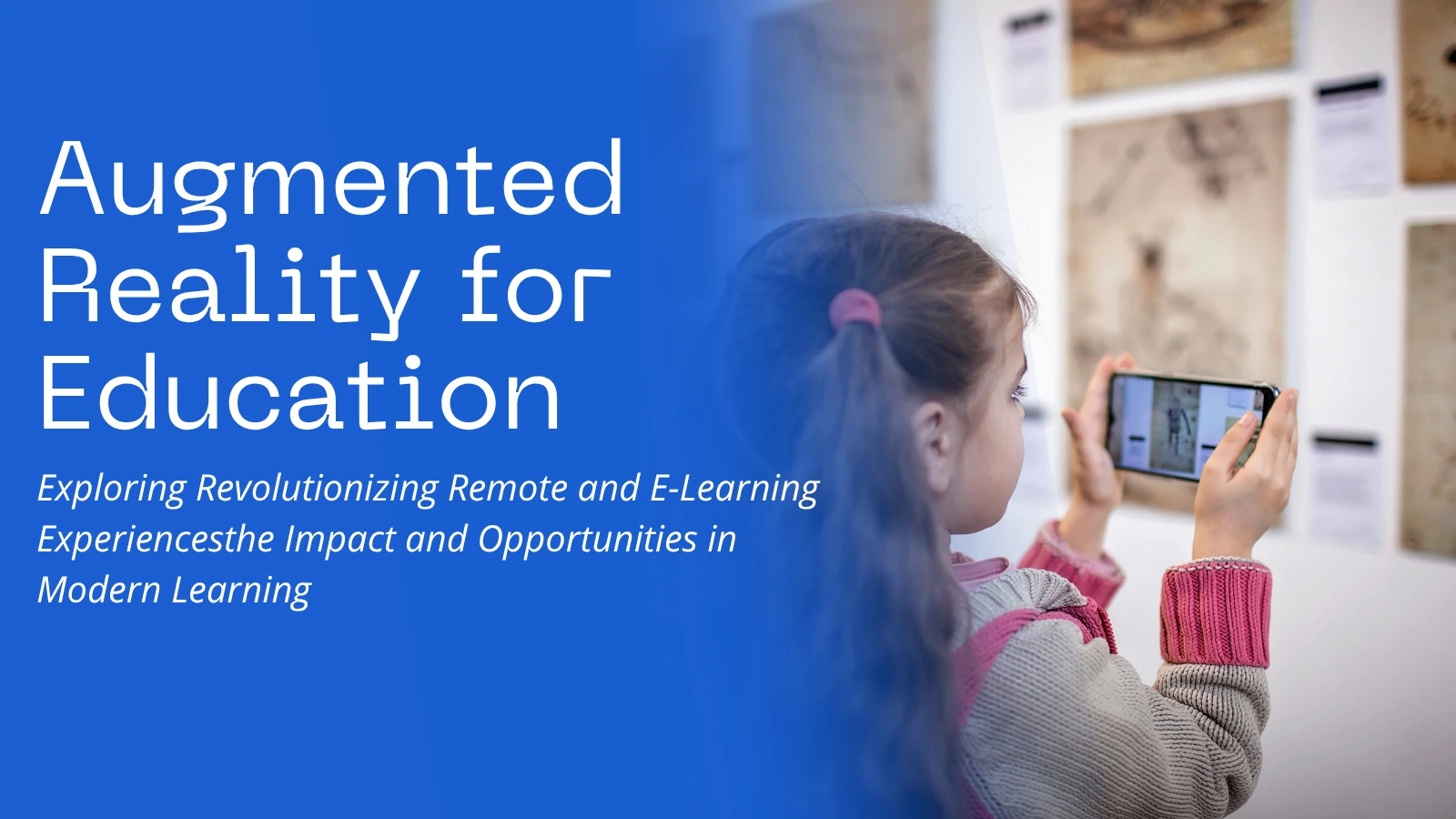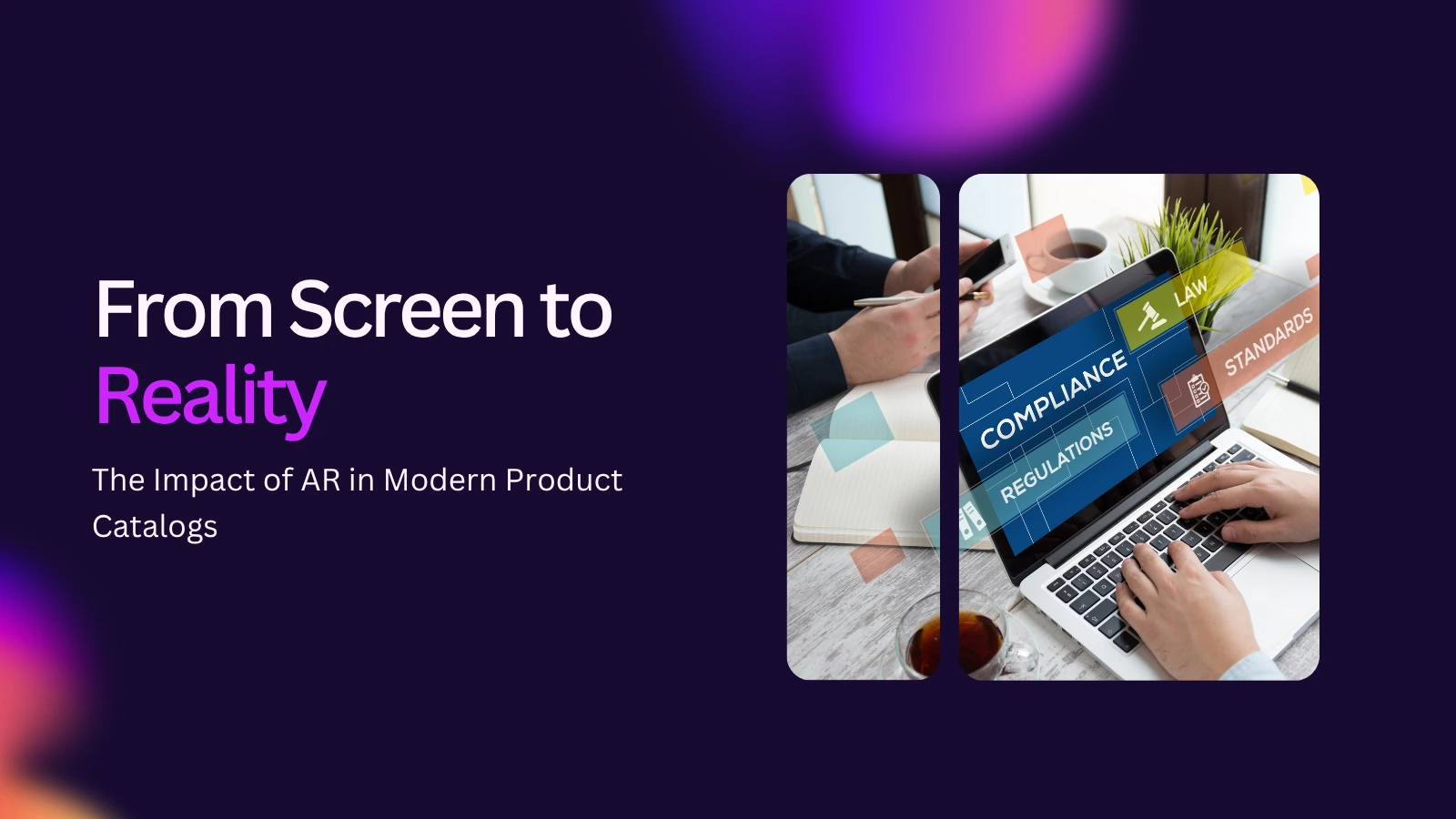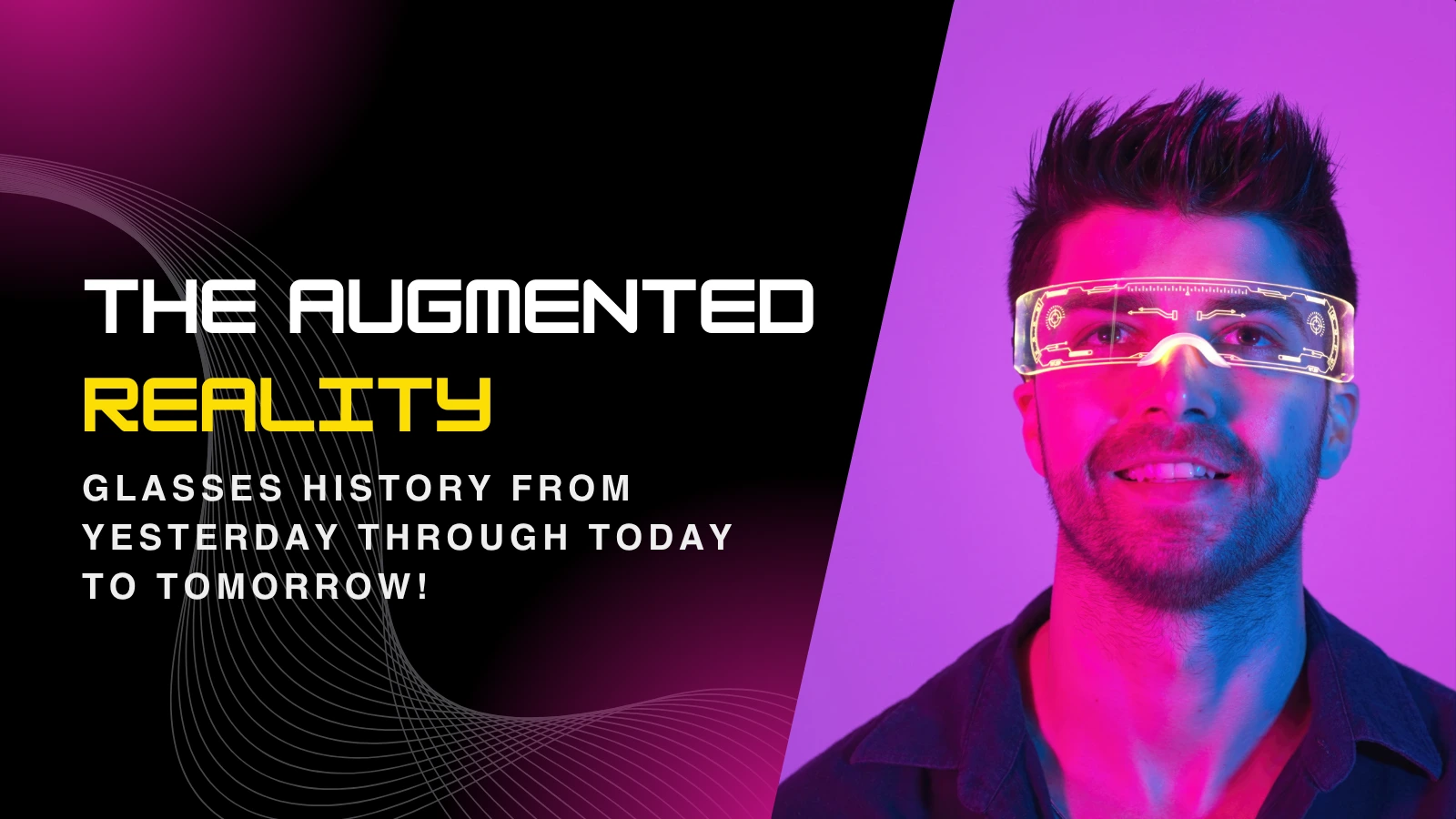Augmented Reality for Education: Revolutionizing Remote and E-Learning Experiences
Published On: July 7, 2025

Introduction
As educational systems across the globe continue to evolve and adjust to the ongoing advancements of the digital era, Augmented Reality (AR) has emerged as a true revolutionary force that is transforming the way students engage with their education material, engage with their peers, and engage with their instructors. Perhaps no place is this more true than in the context of remote learning and e-learning systems, where AR serves to bridge the often considerable gap between the physical distance of students and technology’s rich presence literally reimagining what was otherwise a passive mode of screen-based learning into rich, dynamic, and highly interactive experiences that engage and stimulate students in fresh and compelling ways.
Though traditional e-learning is convenient and simple, it may lack the interactivity, context, and personalization of face-to-face learning. That’s where AR steps in. By projecting digital information—such as 3D models, interactive highlights, and simulations—onto the real world, AR enables learners to see abstract concepts, delve into complex topics, and remember information better.
Understanding AR in Education
Augmented Reality (AR) overlays digital information and value onto the real world through hardware such as smartphones, tablets, or AR headsets by layering digital information such as images, audio, or 3D models. Unlike Virtual Reality (VR), which provides complete immersion in a virtual world, AR enables learners to remain linked to their actual world while engaging with interactive digital augmentations.
In education, AR turns textbooks into portals, labs into virtual playgrounds, and lectures into interactive storytelling experiences—making learning more visual, contextual, and experiential.
Why AR is a Game-Changer for Remote and E-Learning
E-learning has expanded exponentially, particularly in this post-pandemic situation. But it has often been criticized for being dry, one-dimensional and removed from actual application. AR avoids all these limitations by:
Enhancing student interaction with interactivity
Fostering comprehension of abstract ideas
Providing experiential learning without the limitations of a physical environment
Enabling and encouraging teamwork in real-time, regardless of whether teams are located remotely from various points.
Customizing instructional experiences to meet the singular learning style and preference of every individual learner.
This has a great bearing particularly to the students who are located in poor or rural areas as they are likely to be affected greatly by a lack of physical lab facilities, skilled expert instructors, or schools with adequate facilities provided with the necessary resources.
Key Applications of Augmented Reality in Distance Learning
Let us delve into the types of ways in which augmented reality, or AR, is being used by several EdTech startups, schools, and passionate teachers in an effort to greatly improve the remote learning experience for students.
1. Interactive Textbooks and Visual Learning Importance
AR-enabled textbooks come to life by projecting 3D animations, videos, and interactive diagrams onto printed pages or screens.
For instance, SnapLearn and QuiverVision let students scan pages from textbooks to see interactive volcanic eruptions, solar systems, or biological structures in 3D.
Effect: Enhances understanding and memory, particularly in the fields of STEM where spatial identification is applicable.
2. Virtual Science Laboratories
Most students do not have access to laboratory facilities, especially in geographically remote or poor environments. AR provides virtual experiments in labs that mimic real conditions without the need for physical facilities.
Example: Labster and MERGE EDU provide AR-enabled virtual lab space where students can perform chemistry or biology experiments safely at home.
Effect: Enables experiential learning and scientific investigation without compromise on safety or equipment expense.
3. The Acquisition Process of Language Skills in Conjunction with Immersion in Cultural Activities
AR builds virtual worlds that enable students to rehearse vocabulary, pronunciation, and cultural aspects by mimicking real-world experiences.
Mondly AR provides an innovative feature in the form of an AI-driven avatar that is specifically designed to communicate with students in various languages. This innovative technology mimics the character of real-life conversations, creating engaging experiences in virtual environments that enhance learning efficiency.
Impact: It greatly improves the language acquisition process while, at the same time, developing and consolidating the cultural competencies through contextualized and interactive learning processes.
4. Gamified Learning Experiences
Gamification for AR turns regular lessons into challenges, quests, or puzzles—making learning competitive and fun.
Example: Seek Education and Assemblr EDU offer AR-enabled learning games where people do math problems or learn the human body in treasure hunt formats.
Effect: Stimulates learners, boosts motivation, and improves application of learning through repetition and game playing.
5. Virtual Field Trips AR facilitates global exploration within the classroom. Students are able to “visit” historical sites, museums, or environments in a virtual setting.
Google Expeditions, now part of Google Arts & Culture, allows people to explore in augmented reality some of the most important landmarks in the world, such as the famous Great Wall of China or the interesting and varied systems of deep-sea coral reefs.
Impact: Widens world knowledge, encourages cross-disciplinary studies, and awakens curiosity outside textbooks.
6. Inclusive Learning Strategies and Special Education
AR enables the accomplishment of varied learning requirements by providing versatile, multisensory learning environments for students with disabilities.
Example: StorySign supports children with hearing loss to learn to read through translating books into sign language via AR.
Impact: It greatly improves access and ensures that all students can access educational material in a way that is most convenient and appropriate for their own preference.
Advantages of AR in Distance Learning
Increased Engagement: AR makes passive exploration on the screen active exploration, keeping the learner engaged.
More Clarity: Interactive 3D models and real-time simulation make it easier for students to understand complex concepts quicker.
Accessible Learning: AR content can be presented with smartphones or tablets and does not require costly hardware.
Self-Directed Learning: The student is able to study at his own pace, referring back to material as needed.
Cooperative Experiences: Multi-user augmented reality software enables and encourages collaborative interactive group experiences, providing participants with the ability to connect and, in fact, interact, despite being physically far apart from each other.
Challenges That You Should Consider
While promising, the adoption of AR in distance learning is not without certain challenges:
Device compatibility: Not all learners have access to AR-capable smartphones or stable internet.
Content creation: AR experiences are time-consuming, require skill, and cost money.
Training teachers: Teachers are required to be trained to create and present AR-augmented lessons.
Attention management: Over-reliance on AR functionalities can lead to distraction rather than attention.
However, with the decreasing price of different devices and more people finding out about the options available, such access barriers previously experienced are increasingly being addressed and overcome.
The Emergence of AR-Powered EdTech Startups
Startups are now center stage and are making it simpler to integrate augmented reality, or AR, into overall educational practices. Pioneering startups like zSpace, Curiscope, 3DBear, and JigSpace are creating a set of tools that integrate AR technology perfectly into a broad range of studies, from the complex exploration of science to the design thinking process.
These firms specialize in:
Designing pre-configured AR content libraries
Providing AR lesson planning tools for teachers
Enabling student content creation (e.g., build your own AR project)
Cooperating closely with the government and educational institutions with the goal of doubling the levels of adoption.
Since venture capital is being directed towards investing in EdTech and there is increasing demand for personalization in education all over the globe, AR startups are poised to grow at an explosive rate.
New Trends and Future Prospects
The intersection of Augmented Reality (AR) technology with Artificial Intelligence (AI) and the ability provided by 5G networks is expected to greatly enhance and boost the potential and possibilities in the marketplace for remote learning.
AI + AR will facilitate adaptive learning pathways that adapt in real-time to student behavior.
5G networks will enable seamless streaming of AR high-definition content even at rural locations.
AR headwears such as smart glasses may be able to replace tablets or laptops for next-generation students.
Shared AR environments will facilitate real-time collaboration and problem-solving in virtual classrooms. As this ecosystem matures, AR will no longer be the novelty but a standard part of 21st-century learning. Conclusion Augmented Reality, commonly referred to as AR, is not just a huge leap in technology; instead, it is a revolutionary change in the field of pedagogy that actually brings the learning process itself to life. Especially in remote and e-learning environments, Augmented Reality addresses and satisfies the fundamental need for engagement, interactivity, and contextual relevance thus turning what used to be a stagnant and conventional method of education into a dynamic and vibrant and participatory process that actively engages learners. As educators, institutions, and startups continue to embrace AR, we’re moving toward a future where learning is not confined by walls, screens, or even imagination. With the right tools, strategies, and inclusive vision, AR has the power to make learning more accessible, effective, and inspiring than ever before. Key Takeaway: Augmented Reality is not just an enhancement to web-based learning—its the threshold between distance and presence, and the agent for changing the way the world learns in a digital world. If you need help with making this material an engaging school brochure, an engaging investor presentation, or an informative EdTech case study, I would be more than happy to do that for you as well.


